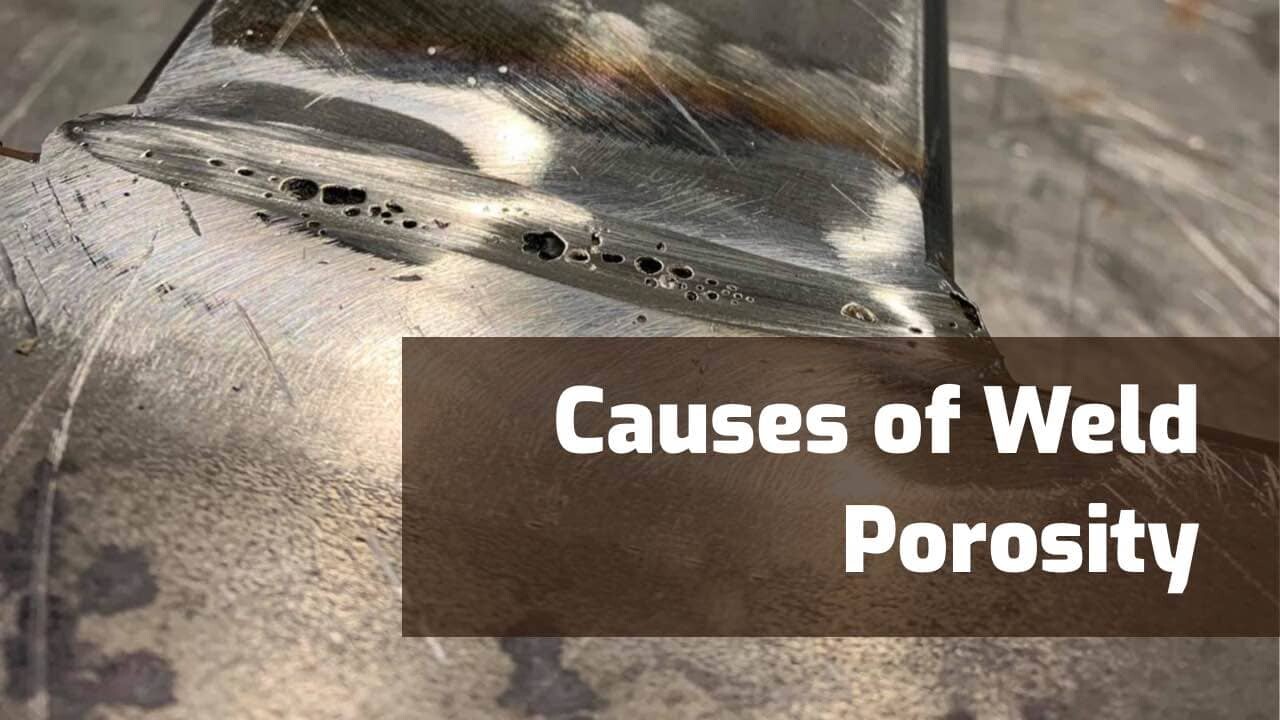Preventing Weld Undercut Demystified: Methods for Success
Preventing Weld Undercut Demystified: Methods for Success
Blog Article
Vital Tips for Welders: Protecting Against Undercut Welding and Ensuring Stronger Weld Joints
In the realm of welding, achieving solid and sturdy weld joints is the foundation of producing top quality job. One usual difficulty that welders typically experience is undercut welding, which can compromise the honesty of the weld joint.

Recognizing Undercut Welding
Undercut welding is a typical welding defect that happens when the weld metal stops working to properly fill up the groove and causes a groove-like anxiety along the weld grain. This issue compromises the weld joint, making it at risk to breaking and failing under stress and anxiety. Undercutting can be brought on by various aspects, consisting of extreme welding existing, high welding rate, improper electrode angle, inaccurate electrode dimension, and poor welding method.
Among the major reasons for undercut welding is a discrepancy in between the welding existing and the welding speed. If the welding current is expensive or the welding rate is also quickly, the weld metal may not effectively fill the groove, resulting in undercutting. In addition, making use of an electrode that is too large can lead to a similar result, as the excess steel can not effectively flow into the groove.
To avoid undercut welding, welders must guarantee they are making use of the correct welding parameters, maintain a suitable electrode angle, select the proper electrode dimension, and method appropriate welding methods. By attending to these elements, welders can decrease the risk of damaging and develop stronger, a lot more reliable weld joints.
Correct Welding Strategy
Effective welding strategy plays a critical function in ensuring the top quality and stability of weld joints. One fundamental facet of appropriate welding technique is keeping the appropriate angle and distance in between the welding gun and the work surface.
Additionally, a regular and consistent hand motion is essential for developing strong and sturdy weld joints. Welders ought to intend for smooth, uniform activities to make sure even distribution of the weld product. Appropriate adjustment of the welding gun and filler product is also vital to achieving optimum penetration and combination.
Furthermore, managing the heat input and choosing the ideal welding specifications based upon the material being bonded are crucial consider attaining top quality welds - Preventing weld undercut. Welders must follow the suggested setups provided by welding procedure requirements and adjust them as needed based upon the details requirements of the job. By mastering appropriate welding strategies, welders can significantly improve the strength and reliability of their weld joints
Selecting the Right Electrode
Keeping the correct angle and distance between the welding weapon and the work surface is basic when considering the significance of selecting the ideal electrode in welding applications. The selection of electrode plays an essential role in identifying the high quality and stamina of the weld joint. Electrodes are available in different types, each created for certain functions and products.
First of all, choosing the suitable electrode diameter is important. Thinner electrodes are appropriate for welding thin materials, while thicker electrodes are better for thicker products and greater warm applications. Matching the electrode diameter to the thickness of the workpiece helps attain a well balanced weld.
Secondly, understanding the material composition of the electrode is vital. Various electrodes are made for welding details products like steel, stainless-steel, aluminum, or cast iron. Using the correct electrode material makes certain excellent combination and lessens the danger of problems in the weld.
Lastly, taking into consideration the welding placement and method is important when choosing the electrode type. Particular electrodes are better suited for overhead or upright welding settings, while others function well for level or horizontal placements. Choosing the right electrode based upon the welding technique boosts the general weld quality and stability.
Preparing the Base Metal
To make certain a successful welding procedure, what preliminary steps should be taken when preparing the base steel for welding? Properly preparing the base steel is essential for attaining strong find here and sturdy weld joints. The very first step in preparing the base metal is to cleanse it thoroughly to get rid of any impurities such as rust, dust, paint, or oil. This can be done making use of a cable chemical, brush, or grinder solvents. In addition, any type of existing weld product or deposit from previous welding ought to be gotten rid of to guarantee a tidy surface area for the new weld.

Performing Post-Weld Assessments

After performing these assessments, welders need to compare the results versus market standards and project requirements to guarantee that the weld joint satisfies all essential standards. Any type of insufficiencies or inconsistencies uncovered throughout the post-weld evaluation ought to be promptly resolved via proper corrective measures to assure the weld's stability. By vigilantly performing post-weld examinations and immediately dealing with any kind of problems, welders can support the top quality and dependability of their work, inevitably adding to the safety and durability of the welded frameworks.
Conclusion

In final thought, avoiding undercut welding basics and making certain stronger weld joints call for a combination of correct welding method, picking the best electrode, preparing the base steel properly, and performing post-weld evaluations. By recognizing the reasons for undercut welding and applying the required preventative measures, welders can produce high-grade weld joints that satisfy industry requirements and make certain the structural stability of the bonded components.
Undercut welding is a typical welding issue that occurs when the weld steel falls short to correctly fill up the groove and results in a groove-like clinical depression along the weld bead (Preventing weld undercut). Undercutting can be created by various elements, consisting of too much welding current, high welding speed, incorrect electrode angle, wrong electrode dimension, and poor welding method
One of the primary factors for undercut welding is an imbalance between the welding present and the welding speed. If the welding current is as well high or the welding rate is also fast, the weld metal may not effectively load the groove, leading to damaging.Maintaining the correct angle and distance between the welding gun and the workpiece is essential when taking into consideration the relevance of choosing the right electrode in welding applications.
Report this page